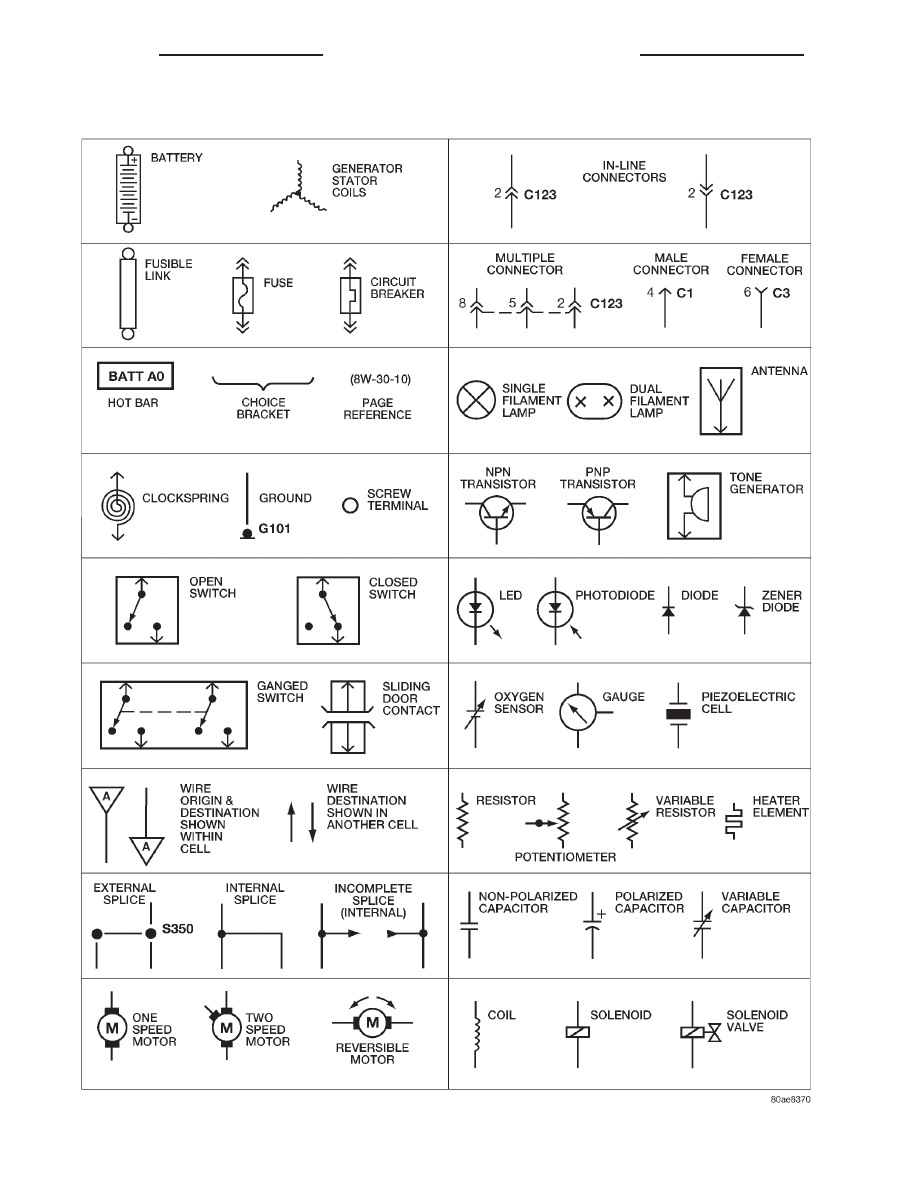Dodge Dakota (R1). Manual - part 365

Fig. 3 WIRING DIAGRAM SYMBOLS
8Wa - 01 - 4
8W-01 WIRING DIAGRAM INFORMATION
R1
WIRING DIAGRAM INFORMATION (Continued)
|
|
|

Fig. 3 WIRING DIAGRAM SYMBOLS 8Wa - 01 - 4 8W-01 WIRING DIAGRAM INFORMATION R1 WIRING DIAGRAM INFORMATION (Continued) |